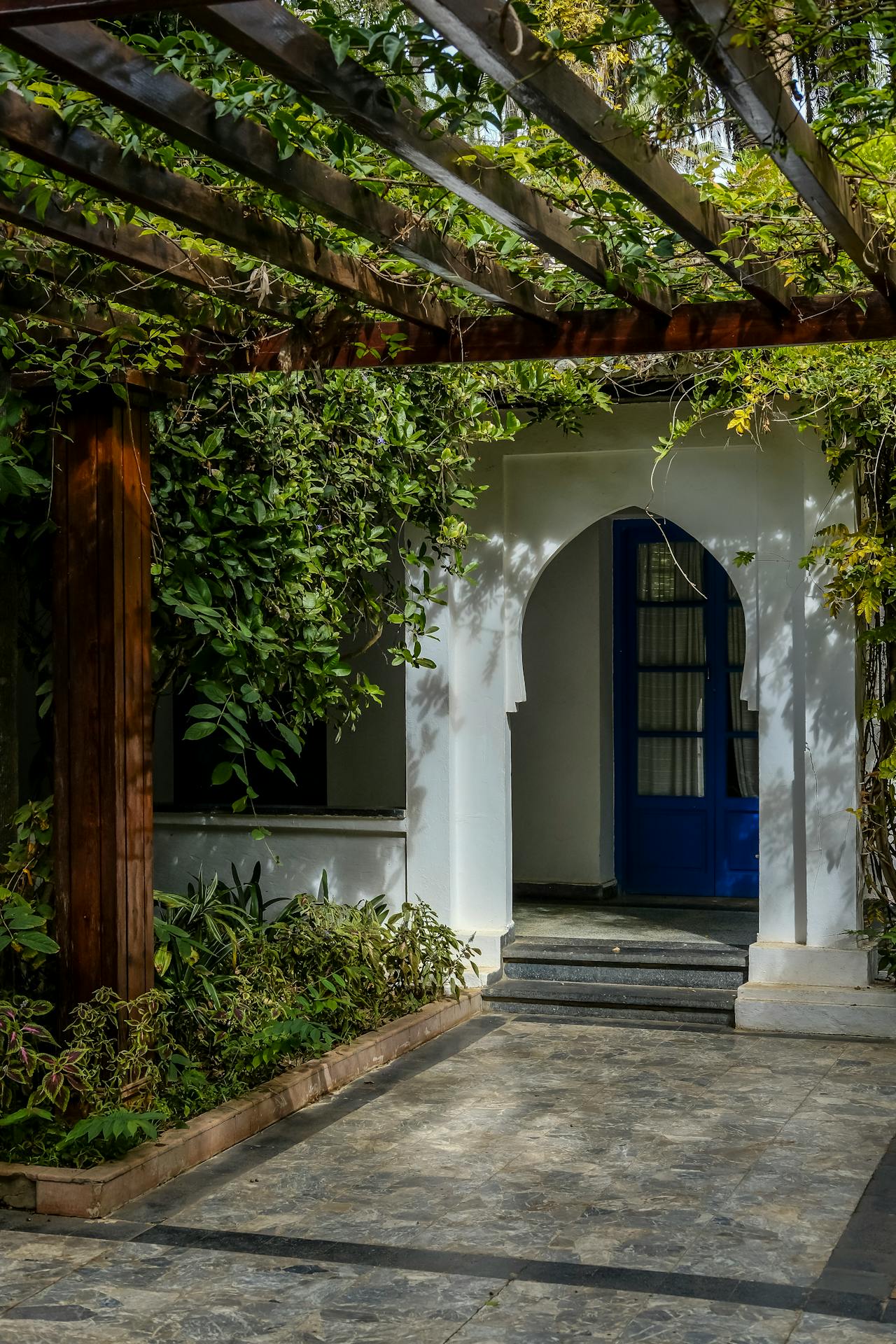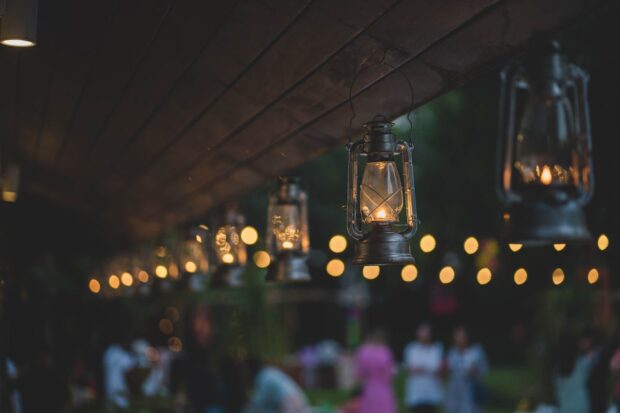
Designing a garden goes beyond simply planting flowers and trees. A well-thought-out garden design can transform any outdoor space into a personal retreat, blending beauty, functionality, and nature. Whether you have a sprawling yard or a small patio, understanding the basics of garden design is key to creating an inviting, beautiful space.
Understanding the Elements of Garden Design
- Space and Layout: Begin by assessing the available space. Consider the layout, the sunlight patterns, and the climate in your area. A good design takes into account these factors to ensure that plants thrive in their designated spots. If you have a larger space, you might want to create zones like seating areas, walkways, or water features.
- Choosing the Right Plants: Picking plants that suit the local climate is essential. You should also consider the height, color, and texture of plants to add variety and layers to your garden. Mixing evergreens with seasonal flowers ensures year-round appeal. Researching plants that require low maintenance can also make your garden more sustainable in the long run.
- Creating Focal Points: Every well-designed garden has focal points that draw the eye. Whether it’s a beautiful tree, a fountain, or an interesting sculpture, incorporating focal elements gives your garden structure and a central point of interest. You can also use a pergola or archway to frame views and create a sense of depth.
- Balance and Harmony: Maintaining balance is key to garden design. Use symmetry or asymmetry to create harmony in the layout. Balance between hardscape elements (like patios and paths) and softscape elements (plants and lawns) will help create a cohesive and inviting space.
- Incorporating Pathways: Adding pathways to your garden not only enhances its functionality but also improves its aesthetic. You can use natural materials like stone, gravel, or wood chips to design paths that lead through various areas of the garden, making it easy to explore and enjoy the space.
Tips for Beginners
- Start Small: If you’re new to garden design, don’t feel the need to overhaul your entire yard at once. Start with a small corner or feature and gradually expand as you gain confidence.
- Consider Your Lifestyle: If you prefer low-maintenance spaces, opt for plants that don’t require constant care. You can also incorporate automated irrigation systems to reduce the work.
- Sustainability Matters: Sustainable gardening practices such as composting, rainwater harvesting, and planting native species not Explore more tips in our Gardening category to elevate your outdoor spacesLearn more about sustainable garden design from Better Homes & Gardens.
- Find inspiration for your garden layout at The Spruce.
#TrendingNow #InspirationDaily #ExploreMore #LifestyleTips #InTheNews #DigitalAge #Insights #Innovation #BehindTheScenes #WorldView #Digital #forensic
Read more on our more trending special page














Be the first to leave a comment